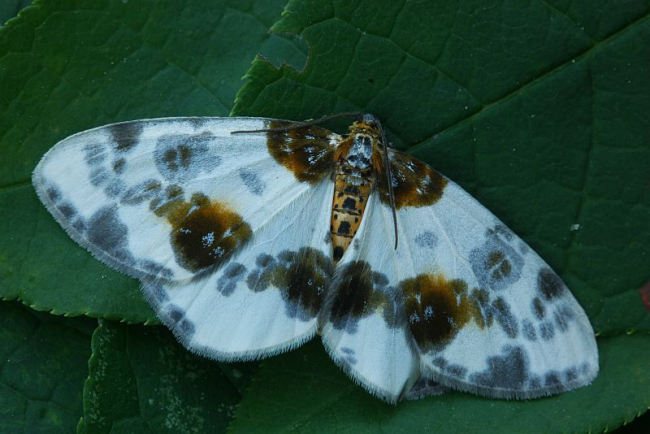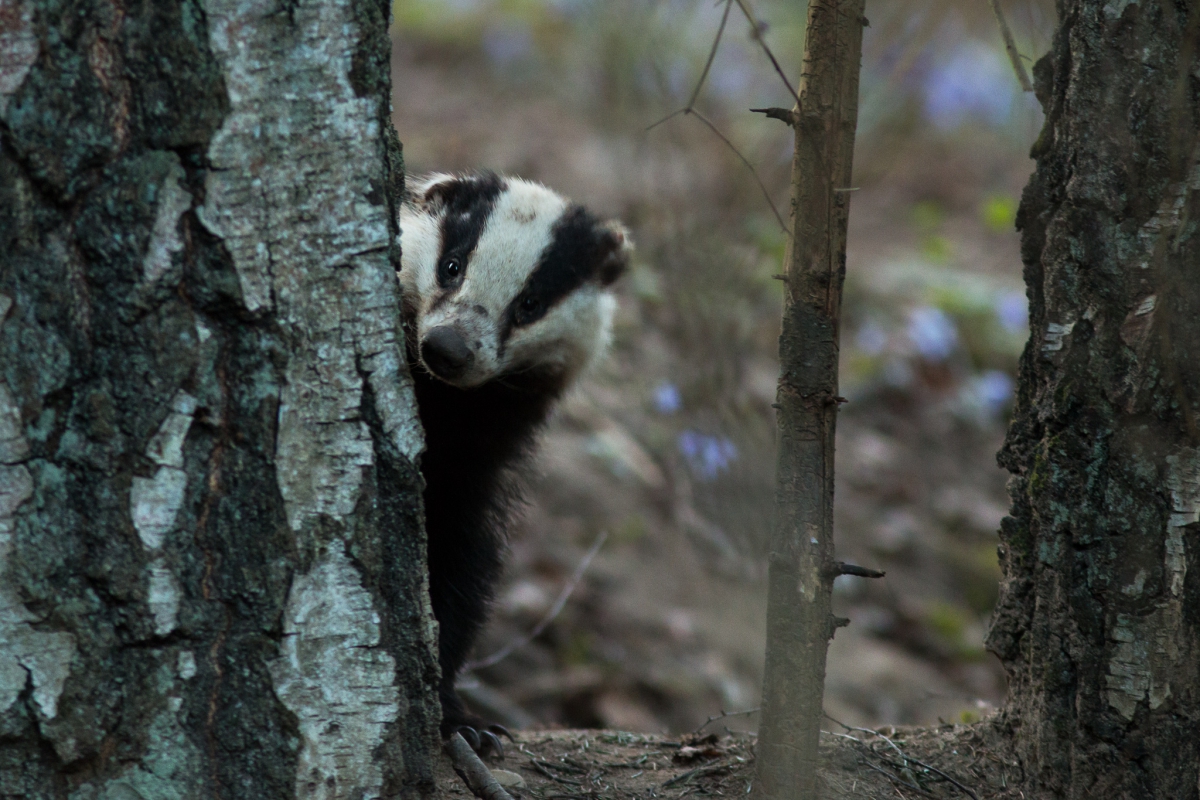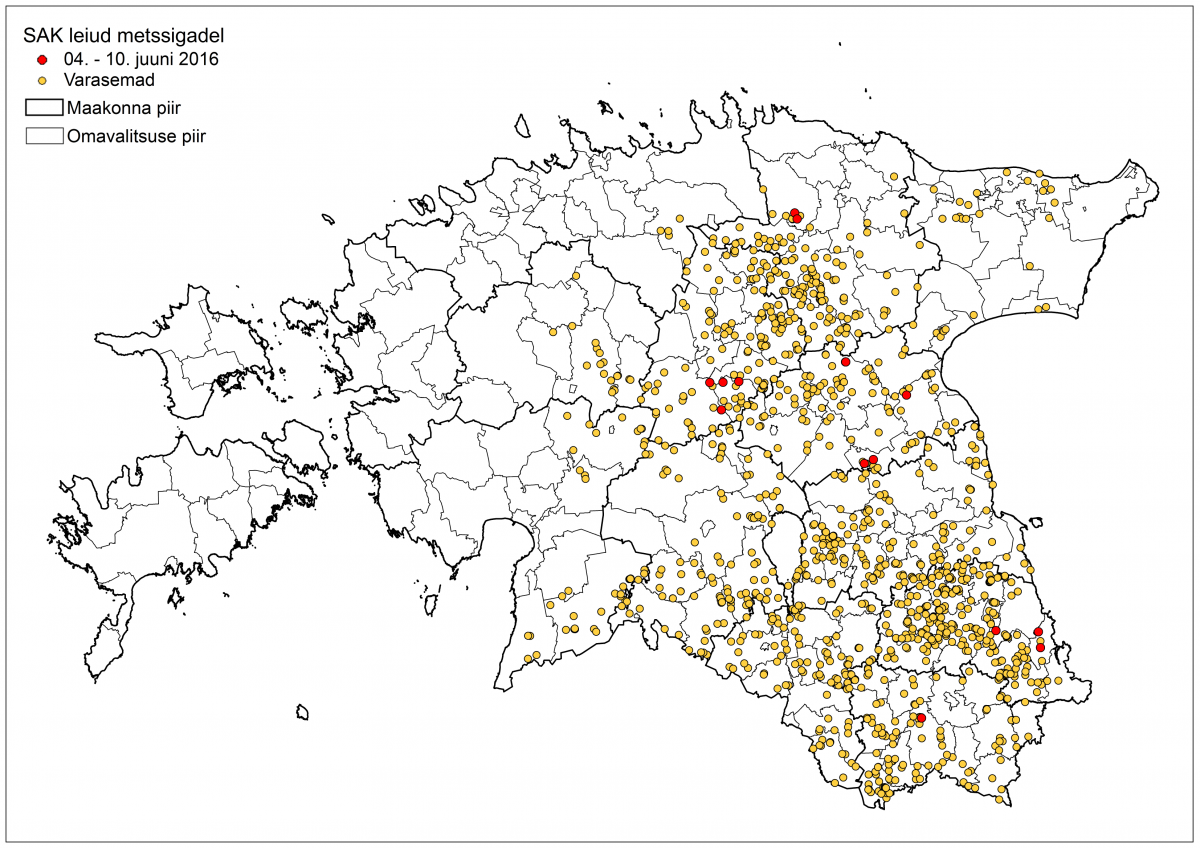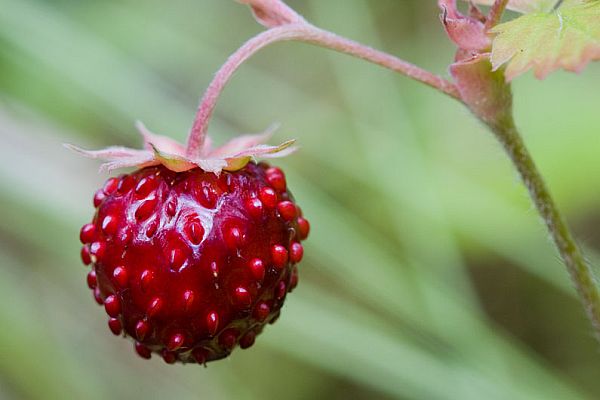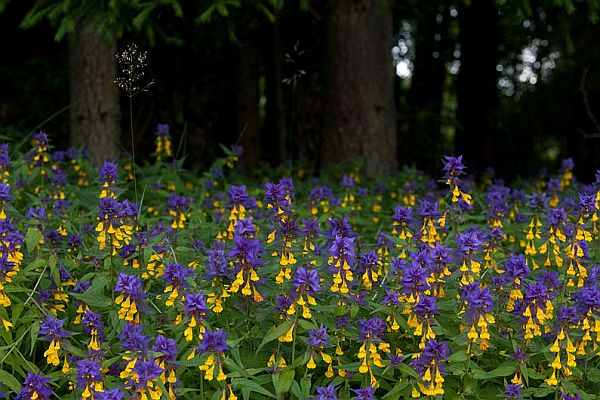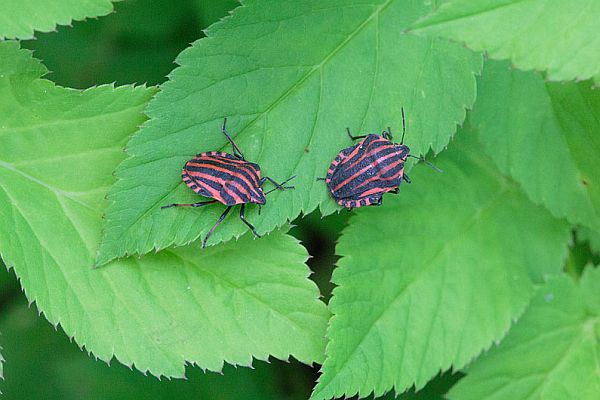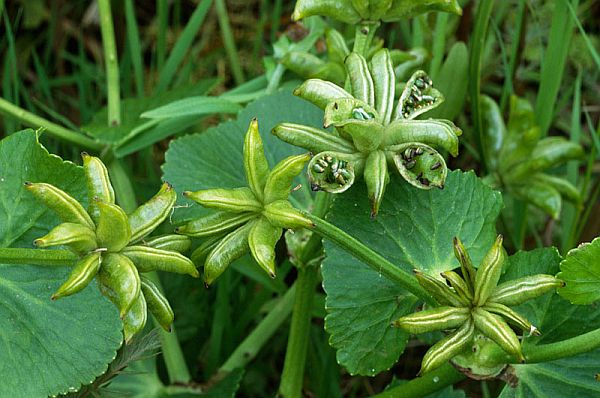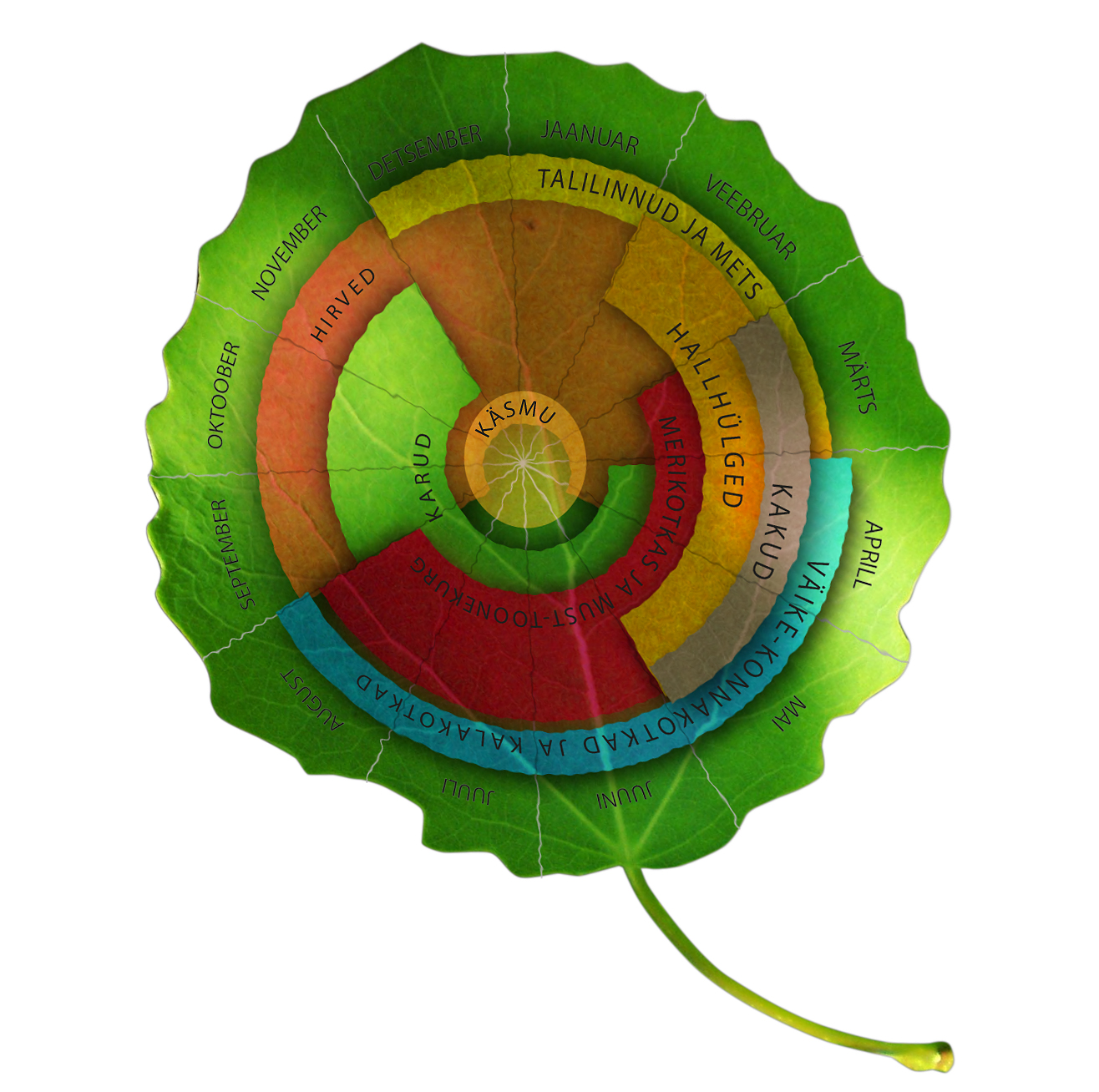VIDEO: Flying out from nest
Video recorded by Ame, LK forum
Translation Liis
White-tailed eagle Merikotkas Haliaeëtus albicilla
A few minutes earlier female eagle Anna again arrived with a fish to coax the eaglets out of the nest. She showed nicely how to throw oneself from a branch so that the wind carries you - and left with the fish.
8.35 was departure time for one eaglet. Flying does work when you really want to or when hunger pinches.
